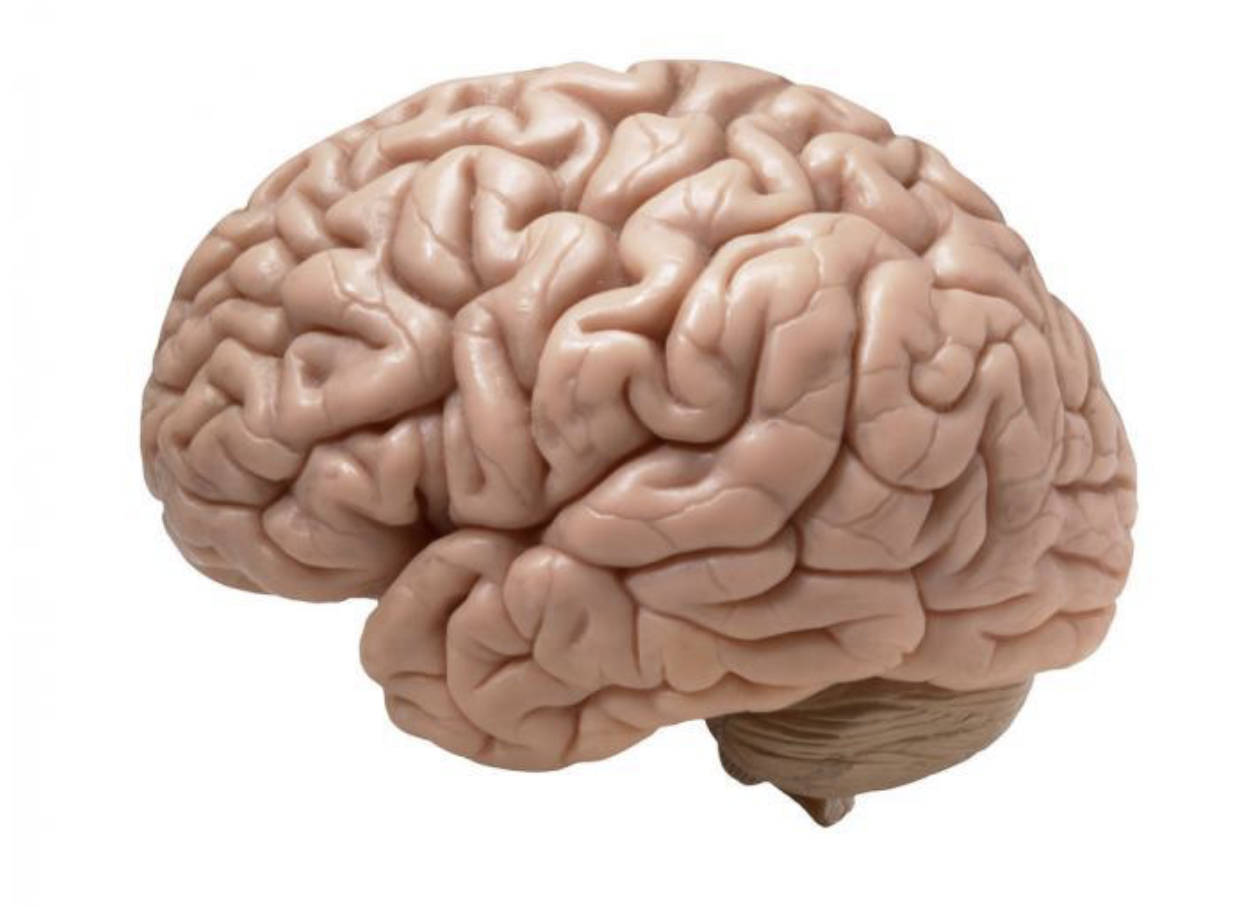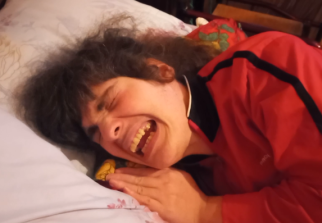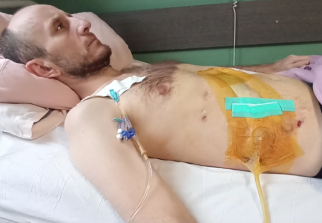A new 3D printing method has been developed that shows promise for repairing brain injuries.
Researchers have produced an engineered tissue representing a simplified cerebral cortex by 3D printing human stem cells. When implanted into mouse brain slices, the structures became integrated with the host tissue.

A breakthrough technique developed by University of Oxford researchers could one day provide tailored repairs for those who suffer brain injuries. The researchers demonstrated for the first time that neural cells can be 3D printed to mimic the architecture of the cerebral cortex. The results of this study have been published today in the journal Nature Communications.
Brain injuries, including those caused by trauma, stroke and surgery for brain tumours, typically result in significant damage to the cerebral cortex, leading to difficulties in cognition, movement and communication. Each year, around 70 million people globally suffer from traumatic brain injury (TBI), with 5 million of these cases being severe or fatal. Currently, there are no effective treatments for severe brain injuries, leading to serious impacts on quality of life.
Tissue regenerative therapies, especially those in which patients are given implants derived from their own stem cells, could be a promising route to treat brain injuries in the future. Up to now, however, there has been no method to ensure that implanted stem cells mimic the architecture of the brain.
In this new study, scientists from the University of Oxford have created a two-layered brain tissue using 3D printing techniques using human neural stem cells. When implanted into the brain slices of mice, these cells encouragingly showed convincing structural and functional integration with the host tissue.
“This advance marks a significant step towards the fabrication of materials with the full structure and function of natural brain tissues.” "The work will provide a unique opportunity to explore the workings of the human cortex and, in the long term, it will offer hope to individuals who sustain brain injuries.” says Dr. Yongcheng Jin, a lead author of the study (University of Oxford's Department of Chemistry).
The cortical structure was made from human induced pluripotent stem cells (hiPSCs), which have the potential to produce the cell types found in most human tissues. A key advantage of using hiPSCs is that they can be easily derived from cells harvested from patients themselves; therefore not triggering an immune response.
The hiPSCs were differentiated into neural progenitor cells for two different layers of the cerebral cortex by using specific combinations of growth factors and chemicals. These cells were then employed to construct a two-layered structure using 3D printing. The printed tissues maintained their layered cellular makeup for weeks, as indicated by the expression of layer-specific biomarkers.
When these printed tissues were implanted into brain slices in mice they displayed strong integration, demonstrated by the projection of neural processes and the movement of neurons across the boundary between the implanted and the host cells in the brain. The implanted cells also showed signalling activity which correlated to that of the host cells - indicating that the human and mouse cells were communicating with each other and demonstrating functional as well as structural integration.
The researchers now intend to further refine the droplet printing technique to create complex multi-layered cerebral cortex tissues that more realistically mimic the human brain’s architecture. Besides their potential for repairing brain injuries, these engineered tissues might be used in drug evaluation, studies of brain development, and to improve our understanding of the basis of cognition.
The new advance builds on the team’s decade-long track record in inventing and patenting 3D printing technologies for synthetic tissues and cultured cells.
“This futuristic endeavour could only have been achieved by the highly multidisciplinary interactions, involving both Department of Chemistry and the Department of Physiology, Anatomy and Genetics, and it brings us closer to the development of tailored repairs for those who suffer brain injuries.” - said Professor Hagan Bayley (Department of Chemistry, University of Oxford)







